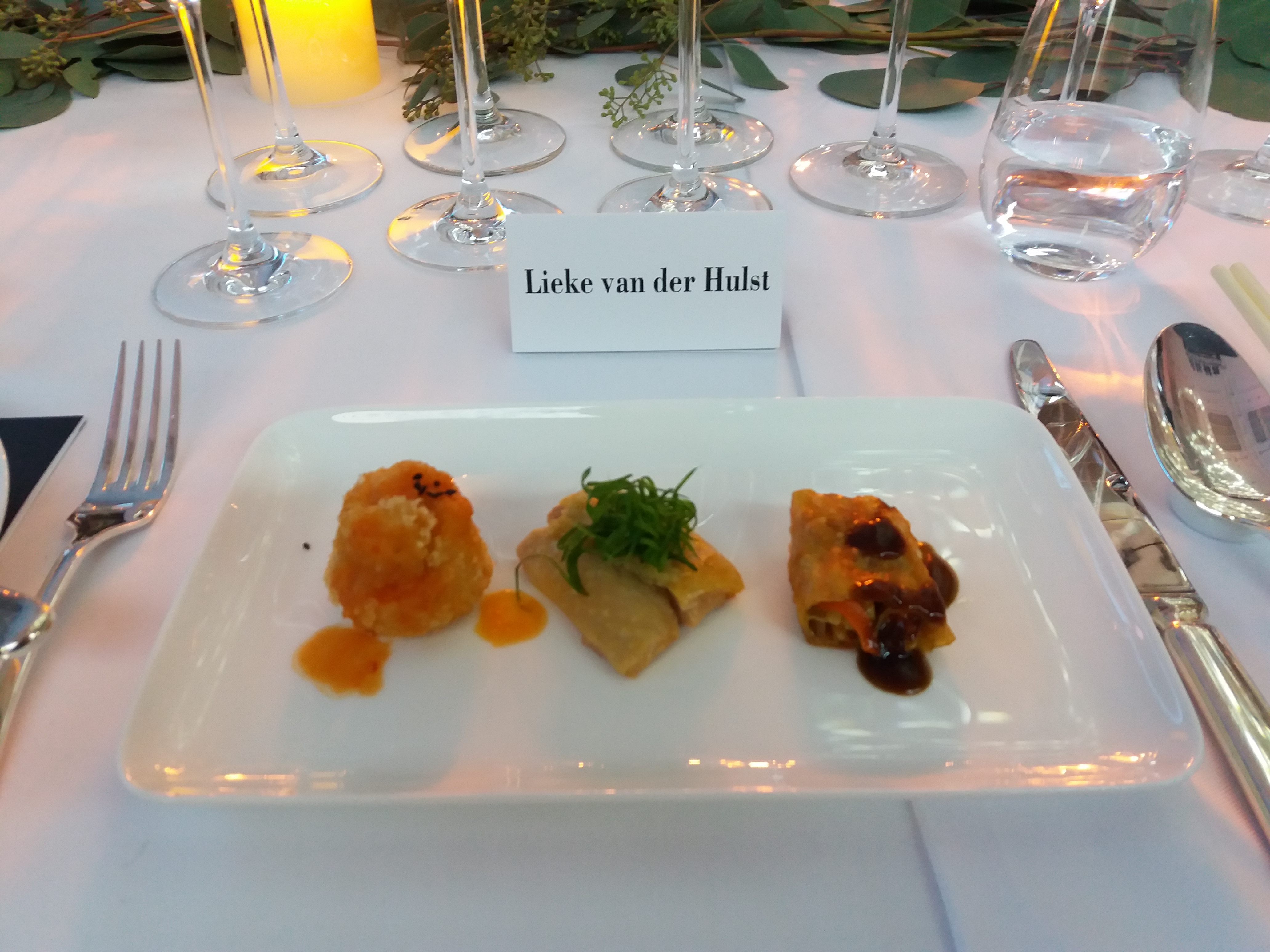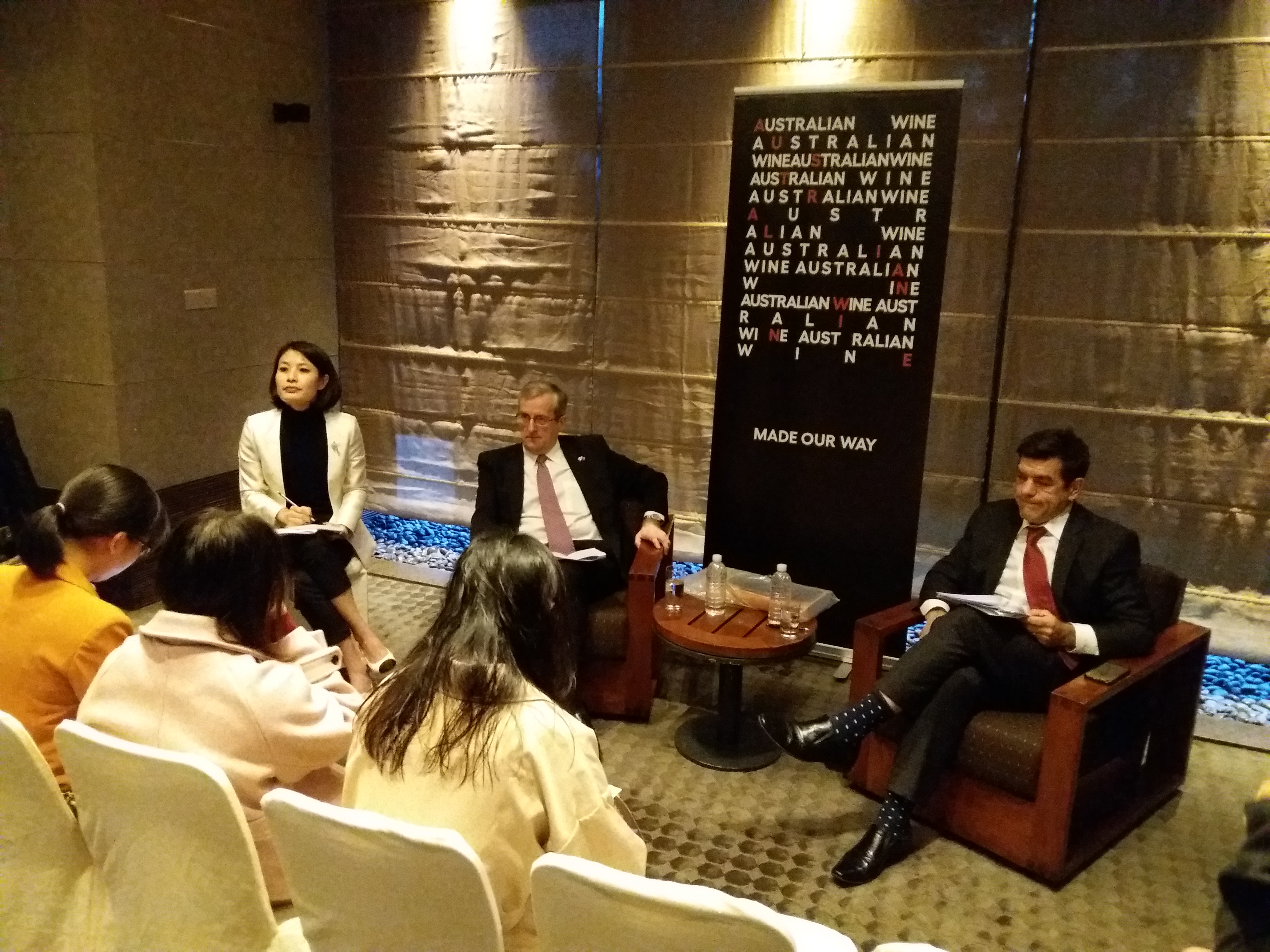This is my first time in China; a country I would love to know more about but know little of, and where I won’t even pretend to speak or understand the language. It has been less than two days and I feel like I’m starting to get the hang of (the very basics of) WeChat, and at least produce a happy ‘ni hao’ when greeting someone. It figures, that in a friendly country like this, the South Australian wine industry flourishes. However, Wine Australia’s Andreas Clark and David Lucas will tell you that for wine slingers of SA this did not happen overnight, and we are still working our way up to firmly lodge our position in the Asian wine market.
The best part about working on that position though, is that Australian wine covers a broad range of demands; from the premium Bin 389 from Penfolds through to our amazing daily wines in the twenty dollar range, we make pretty good plonk. It seems that Australia is doing a great job at riding the wave as the Asian market is shifting towards a place where the everyday consumer is starting to play a bigger role. Where previously sommeliers would predominantly make the decision on what would enter the country for sale in high end restaurants, these days it is actually the consumer at home who is driving the interest in specific wines. “Furthermore”, David Lucas explains, “we are seeing a change in who is choosing the wine at home as well, as more young females are becoming decision makers in this field.” That difference in palate means that more floral and delicate wines are finding their way to Asia, and the times of only finding big bold Shiraz in Shanghai are gone.
A leading role falls on the local food and wine bloggers, communicators, educators and sommeliers to promote Australian wines, and they do just that. Justin Fairweather, from Alpha Box & Dice in McLaren Vale, agrees that the online communication and E-commerce are the most important pathways to new customers. The Wine Australia China Wine Awards reflect just that; young, hip sommeliers and entrepreneurs are celebrating the win and new awards added for this year included, among others, ‘best online food and wine communicator’. Because of these different channels into China and the Asian market, smaller brands or newcomers to the industry are able to find a way in as well. “You have to be quite clever about who you show your wine to though, as fitting in with your bloggers’ and distributors’ crowd can make or break your wine”, says Justin.
So while Australia is slowly chewing into French wine territory and gaining more momentum, you do need to be a bit of an explorer to get your bottles on the (online) shelves. Andreas Clark: “the market is still segmented and complex, but this also leads to opportunities. If you are happy to put together the pieces of the puzzle, you can make your brand work here.”
I am hoping to see more of this myself, as I am exploring Shanghai and the Asian markets over the next couple of days at ProWine 2018. For now I can just tell you two things: the city looks pretty amazing from a 47th floor rooftop bar and a friendly ‘ni hao’ never goes astray.
Written by Dr. Lieke van der Hulst who is the WCA Wine Media Cadet in 2018 and is also an avid wine enthusiast, science lover, and communicator.


